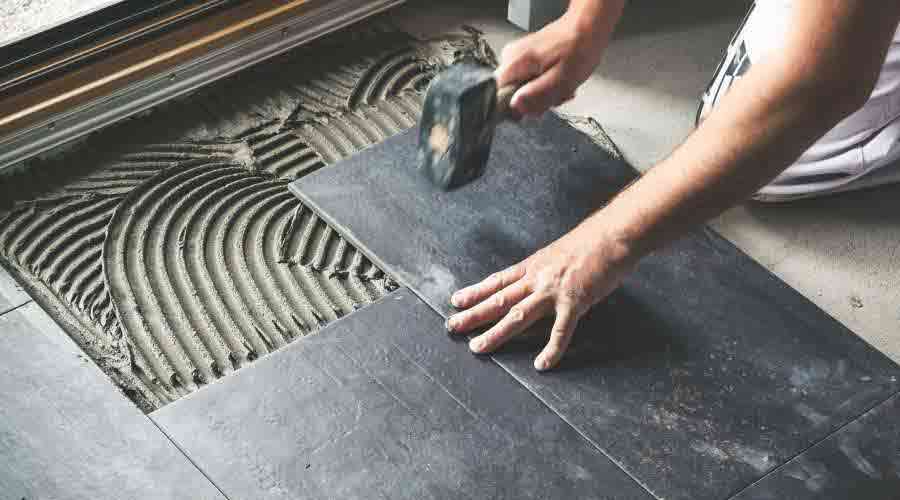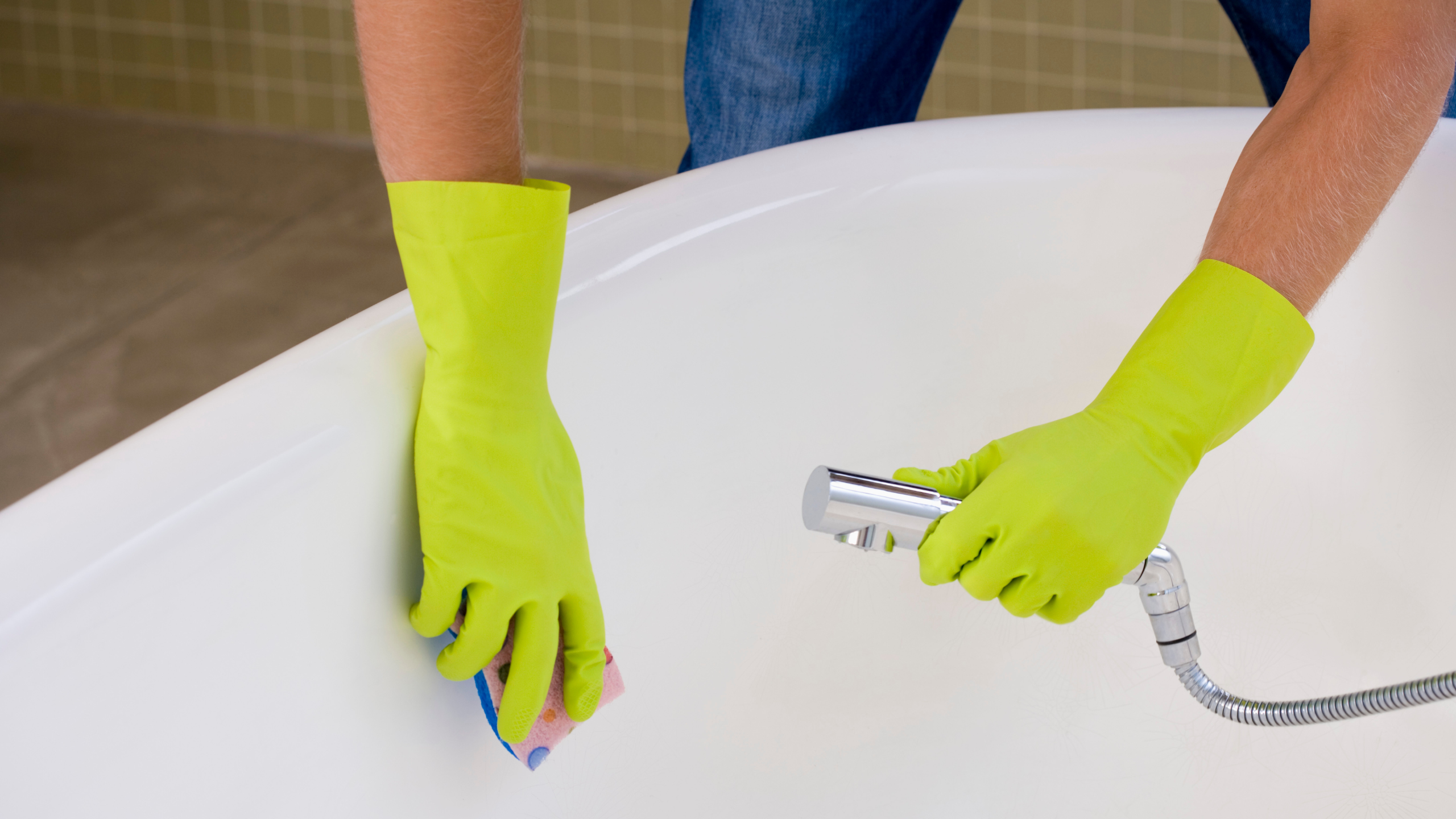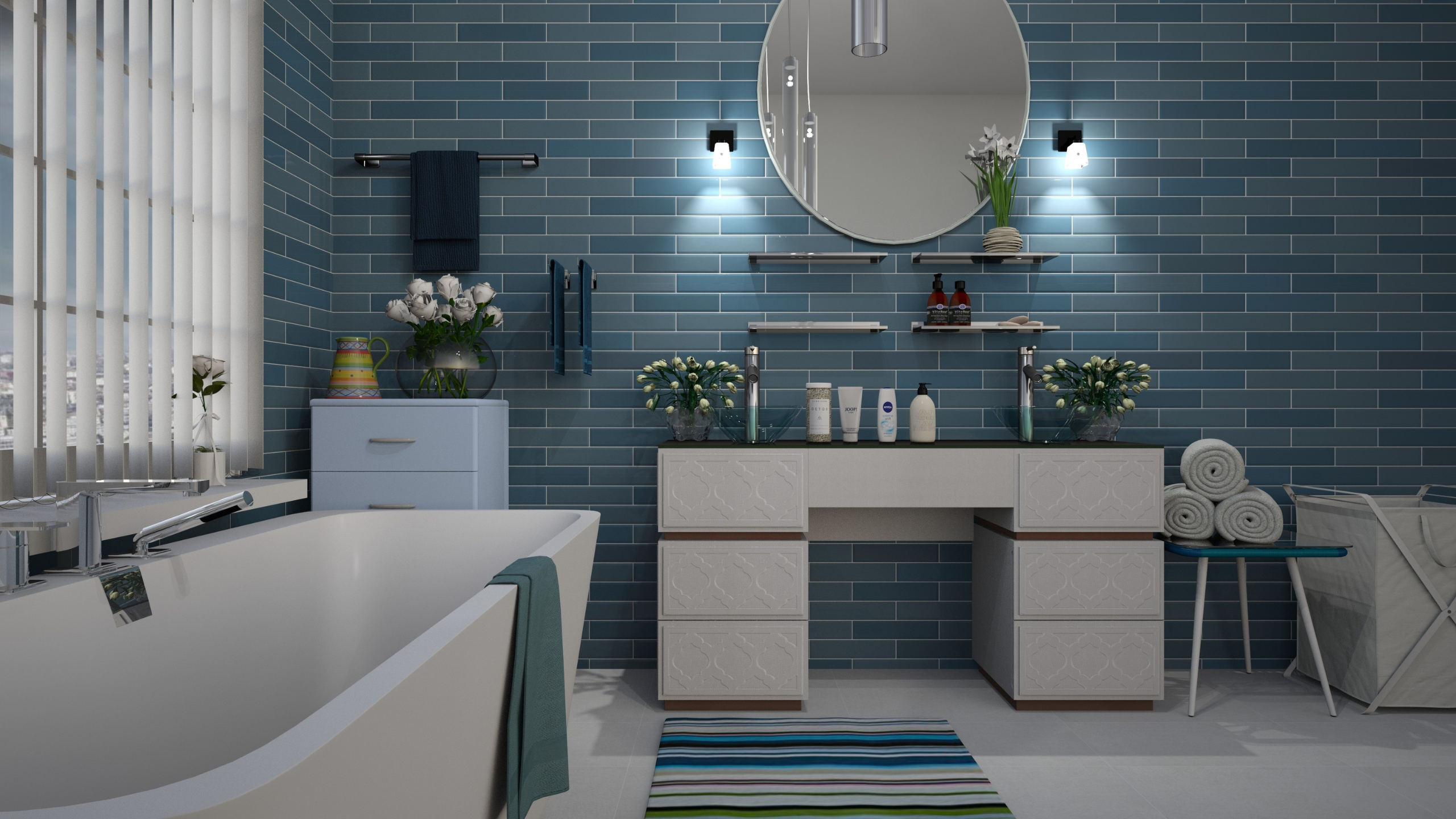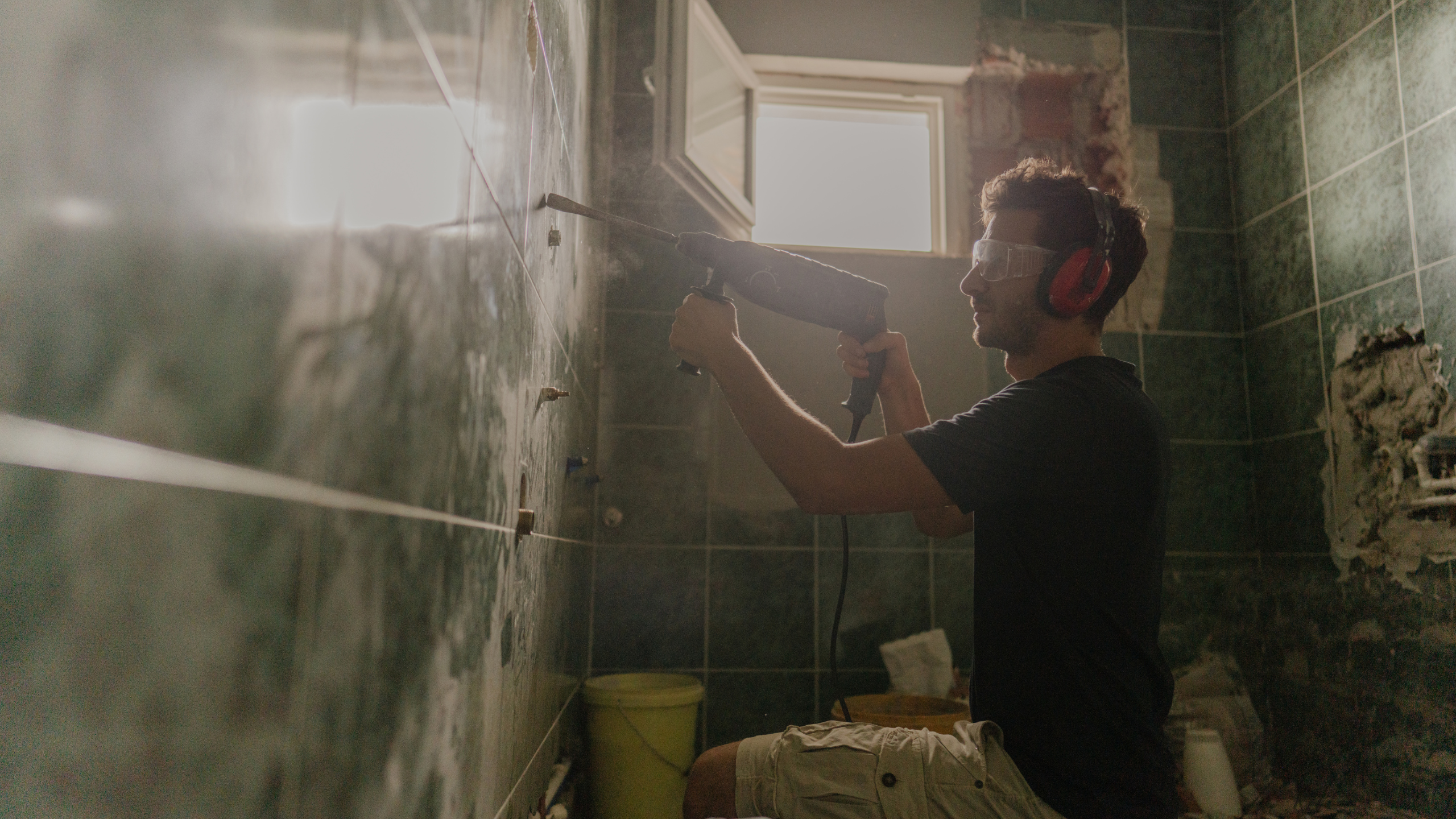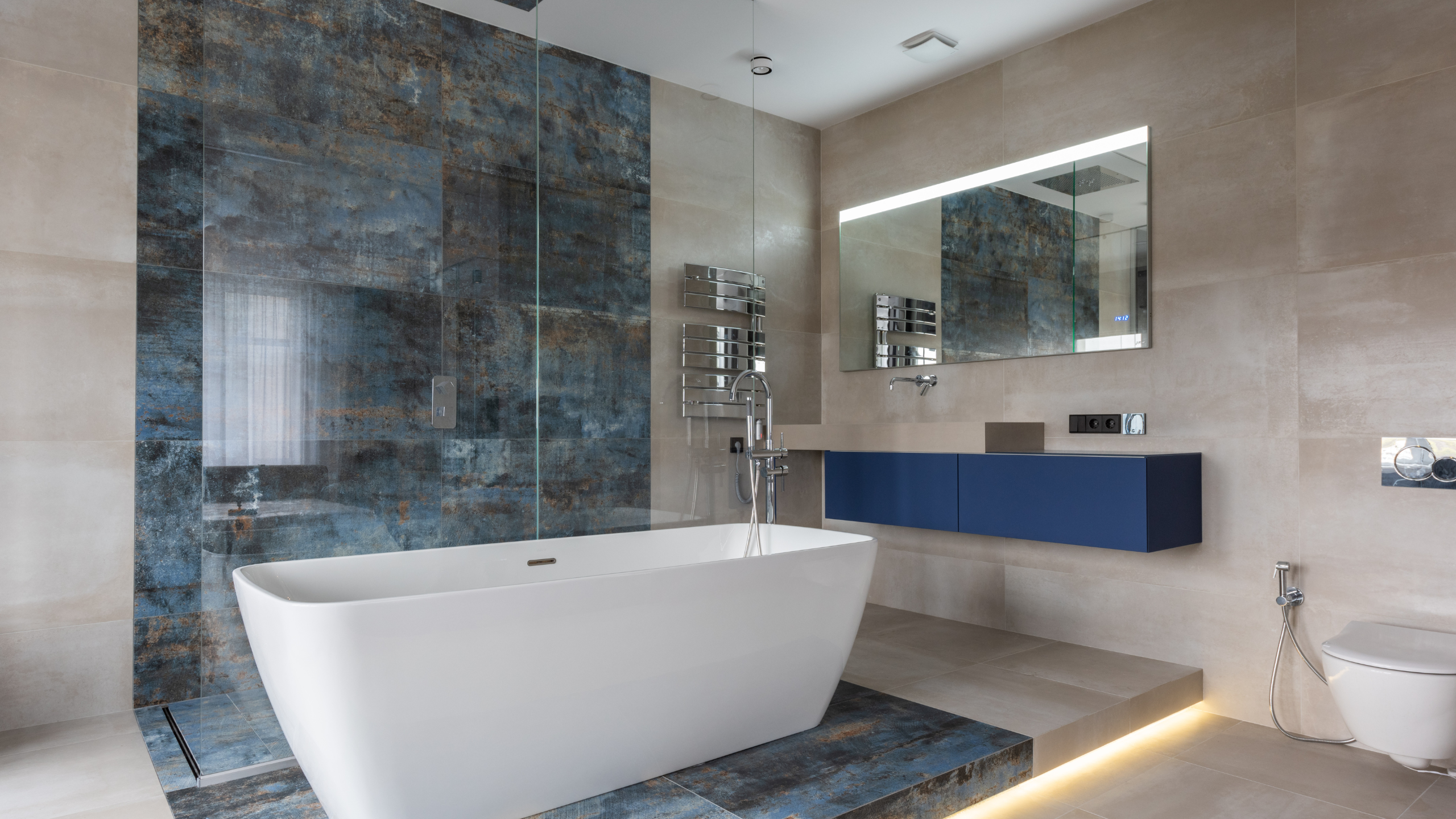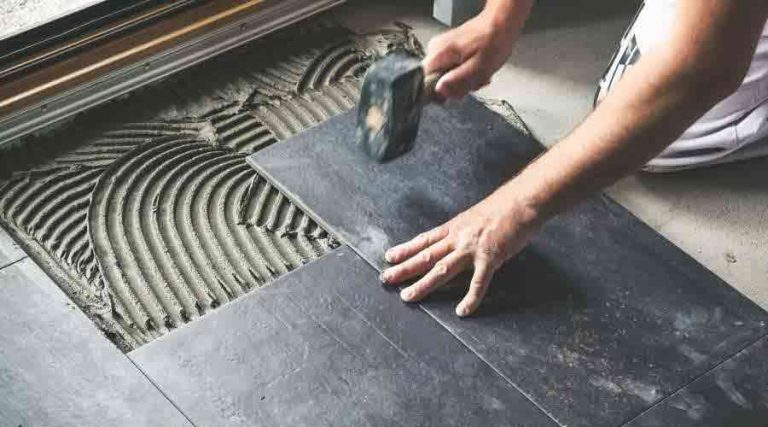
If you are thinking about replacing the floor tiles in your home, there are two options to consider: floor tile refinishing or floor tile replacement. With both methods, the end result is a beautiful new look for your floors that will be more durable and easier to maintain than before. The decision between which type of flooring repair is best for you depends on various factors, this blog post discusses those factors and provides advice on how to decide what’s best for you!
Difference Between Floor Tile Refinishing and Floor Tile Replacement
For many homeowners, deciding which option to go with can be a difficult decision. There are some pros and cons of each option that you should consider before making your final decision.
What is Floor Tile Refinishing?
Floor tile refinishing is the process of restoring an old or damaged floor by applying a decorative coating over the top of it. Floor tiles are often refinished in order to maintain their original look without having to replace them altogether.
There are some benefits associated with this type of project including lower costs, no disruption during construction, and less waste for disposal. However, there can also be drawbacks such as limited color options, possible uneven surface following installation due to settling after time has passed, and the possible need for future refinishing or replacement.
What is Floor Tile Replacement?
Floor tile replacement is the process of completely replacing your old tiles with new ones. Floor tiles are often replaced to give a home an entirely new look, remove unsightly stains, cracks, chips, or other issues that may be present on them previously.
Some benefits associated with this type of project include a wide variety of color options available as well as square-edge installation if desired instead of using grout around each individual tile-like floor tile refacing does. However, there can also be some drawbacks such as high costs involved due to having to buy all new tiles (unless you choose to use recycled material), time required during construction which could disrupt daily life in your home, and higher waste disposal costs.
Tile Refinishing Pros and Cons
Tile refinishing is a great way to give your tile a new look without having to spend a lot of money. If you have some time and patience, it’s worth the investment.
Tile Refinishing Pros
It can be cheaper than replacing tiles if done right! You can choose from multiple colors and patterns which will help personalize your space. Tile refinishing will make the tiles look new and can also add life back into them in many cases. You may not need to spend money on replacing the tiles with new ones if you’re able, instead, you can just refinish them! Tile refinishing has been used for decades as an alternative way to change up or fix damaged tiles that are otherwise too expensive or difficult to replace.
Tile Refinishing Cons
The process does take some work but is usually not very difficult once you get the hang of it. Just make sure you do plenty of research before starting so you know what supplies and tools you will need, how long it will take, and the entire process from start to finish. Also, be aware that tiles can look different once they have been refinished so do a test run before you begin on your actual flooring or counters. Tile refinishes only last so long before they start looking worn out again and require another coat of paint or sealant.
Tile Refinishing Tips
Make sure you choose a high-quality commercial-grade tile refinisher if possible as these tend to work better than store-bought variety which often fails to produce desired results. If this is not an option for you, try using only half of the recommended water/solution ratio listed on the packaging in order to get better coverage without leaving behind residue or streaking (which can happen when too much liquid is used).
Floor Tile Replacement Pros and Cons
The floor tile replacement process is a good choice for homeowners who are looking to change the look of their homes. However, before you make your final decision there are some important things that should be taken into consideration. Some people might find it more cost-efficient to replace all tiles in one area while others may want to take on the task room by room. The best option depends on what kind of budget you have and how much work you want to do yourself or hire someone else for.
Pros
Your tiles will look new, shiny, and clean. You can save money by doing it yourself. Newer tile is easier on your feet, reduces the risk of slipping or tripping, can be more sanitary with an easy-to-clean surface. Floor tile replacements can not only change the aesthetic appearance of your space but can also make it more comfortable and safe by reducing noise levels and preventing slips associated with wet floors.
Cons
More expensive than older tiles, newer tiles may not match existing color/style, new installation may not match original design aesthetics. This is a messy project that takes time and patience – if you’re not handy or don’t have the time this probably isn’t for you!
Cost Comparison of Floor Tile Refinish versus Floor Tile Replacement
It’s always a tough decision to make when considering remodeling your home. You want to maintain or increase the value of your property, but you also want it to be functional and look good. One question that often arises is whether it makes sense to refinish old floor tiles versus replacing them with new ones.
How much does it cost to refinish floor tiles versus replacing them?
This is a question many homeowners ask when deciding whether or not they should refurbish the flooring in their homes. Depending on the condition of your floors, one might be more beneficial than another.
If you’re considering floor tile refinishing versus replacement for your commercial property, it’s important to know the financial implications of each option. Refinish is a more expensive process with a higher labor cost per square foot than replacement. It also requires an additional product and time investment as well as the need for periodic maintenance. A replacement has a lower upfront cost but can be completely disruptive to daily operations if it needs to be done during business hours. In most cases, however, this disruption will only last one day or less since tile installation takes about 4-8 hours depending on the size of the project area and the number of personnel involved in the work.
The Final Verdict - Which is Best for You, Refinish or Replace your Tiles?
Tile is a durable, low-maintenance option for flooring, but it’s not immune to wear and tear. If you have tiles that are chipped or cracked, the best choice may be to replace them. However, if your tiles are just dirty or stained, refinishing them could be an option worth considering. If you’re not sure whether to refinish or replace your tiles, here are some things to consider:
- If the tile has small imperfections like chips and cracks, it may be more cost-effective to refinish. If the tile surface is uneven or if there is a lot of grout residue on them, it will need to be replaced. However, if they just need a good scrubbing and resealing then refinishing may be the best option. Refinishing can't eliminate stains that have soaked into the grout and cement between tiles but it does usually reduce their visibility significantly. Replacing damaged tiles can help with these types of stains as well as issues with uneven surfaces.
- The best option for your home will depend on the type of tile you have, how much time and money you want to spend, and what kind of look you are hoping to achieve. We hope this has helped answer some questions about refinishing or replacing tiles in your house.
Additional Tips on How to Remove Scratches from Your Floors (Flooring)
Your hardwood floors are an investment, but they can get scratched by pets, shoes, or furniture. These scratches can chip away at the finish and make your floor look older than it is. Fortunately, there are a few simple tips you can follow to remove these scratches from your floors.
First of all, use a small amount of oil soap on the scratch with a cloth or paper towel to loosen up any dirt that may be stuck in the scratch. The next step is to wet down one side of a clean microfiber cloth with water and gently rub over the area where you had applied oil soap previously. This will pull out any dirt particles that were loosened during this process. You should then dry off this area using another clean micro paper towel.
If the scratch is still visible after these steps, you can use auto polish to remove it. Just apply some on a microfiber cloth and rub in small circles over the area with light pressure until all of the scratches are gone. You should finish this process by wiping off any remaining residue using another clean cloth or paper towel moistened with water. This will leave your hardwood floors looking like new again!
These tips may be helpful for removing scratches from floor tiles as well if that’s what they’re made out of at home or work. Tile refinishing would also be an option but keep in mind that there might not always be enough existing grout between them which could require replacement instead (if necessary).

